Mysore the second largest city of Karnataka state and the name Mysore is an ancient edition of Mahishuru, which means the abode of Mahisha, mischievous sprite according to the Hindu tradition. The city is wide spread and situated at the foot of the Chamundi Hills. According to legendary story, the present region of Mysore was ruled by a evil spirit known as Mahishasura, who was killed by the Goddess Chamundeshwari. As the region witnessed the death of powerful evil spirit, it came to be recognized as Mahishuru, which later on became Maisuru. Mysore previously acknowledged as Maisuru, and the in the regional language of the Karnataka state.
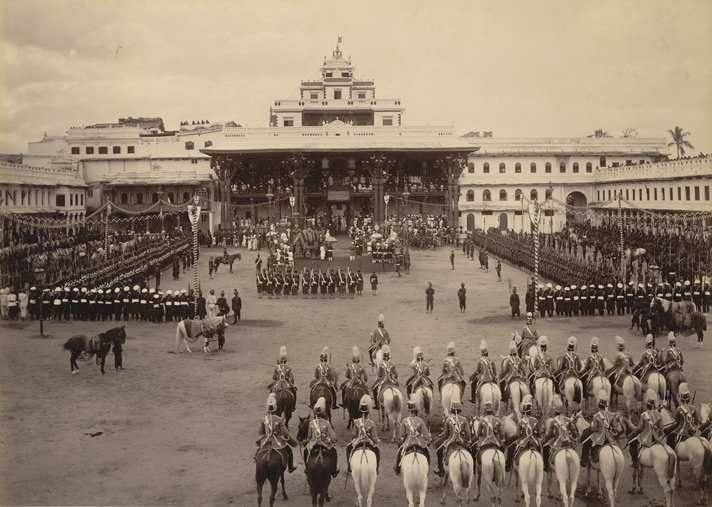
Mysore was the capital city, and the Region of Mysore was ruled by Wodeyar dynasty, apart from it in the 18th century after Haidar Ali and Tipau Sultan were the actual rulers of the region. The Wodeyars were supporters of painting and traditions and they contribute a lot to the cultural expansion of the city, whereas the city has been entitled as the traditional capital of Karnataka.
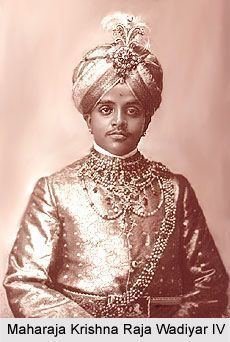
The region where Mysore city is situated now was recognized as Puragere till the 15th century. In the year 1524 Chamaraja Wodeyar III who later on passed away and he built the Mahishūru Fort and after his death the power of Puragere region was taken by his son Chamaraja Wodeyar IV.
In the 16th century, the name of Mahishūru was commonly used to refer to Mysore city. During the ruling period of Vijayanagara Empire, the Mysore Kingdom was under the control of Wodeyars and they served feudatory.
Until 1610 Mysore was the center for the Wodeyar government and later on Raja Wodeyar got rid of the Vijayanagara governor close by the region Srirangapatna and made his capital. The downfall of Vijayanagara Empire in the year 1565, Mysore Kingdom step by step got independence and then became the self-governing state by the time of King Narasaraja Wodeyar in the year 1637, later then Tipu Sultan’s death in the Fourth Anglo-Mysore War in the 1799, the territory was spread by the British to their associates of the Fourth Mysore war, the Marhata, Nizam, and State of Travancore, whereas the rule of Mysore region was maintained by British who constructed the Government House. At present the Government of Karnataka utilizes as State Guest House.
The existing town of Nazarabad was destroyed to remove a few hints of Tipu Sultans rule and later on the capital of the kingdom was shifted back to Mysore. Diwan Purnaiah locally supported the British government, in return to the defeat of Mysore Army. Purnaiah was accredited with major improvements on witnessing the public works of Mysore. In the year 1831, the city lost its position as the administrative center of the kingdom when Mark Cubbon, the British commissioner, shifted the capital to the present metropolitan city Bangalore. Later on Mysore started to recover it status in the year 1881, when the British government gave back the power to the Wodeyars and the city continue to be the capital of Wodeyars till the year 1947 with enchanting Mysore Palace as the center of administration.
Mysore is well known for the major festivals during the Dasara whereas many tourists come from different cities. Several lakes also surround the city amongst them Kukkarahalli, Karanji and Lingambudhi lakes water is supplied to the residents living in Mysore. By tradition, Mysore has been a abode to various industries such as weaving, sandalwood carving, bronze works, and manufacture of lime and salt. Mysore is also described as the City of Palaces because number of palaces to be found in the region which includes Amba Vilas commonly known as Mysore Palace, Jaganmohana Palace which has now been renewed into an art gallery, Rajendra Vilas also identified as the summer palace, sited on the Chamundi Hills, Lalitha Mahal which is presently transformed into a hotel and Jayalakshmi Vilas, which is now on the University of Mysore building.
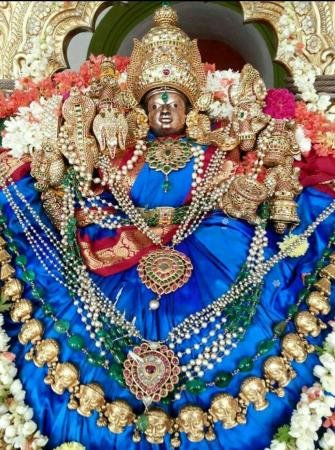
Chamundeshwari, Mysore
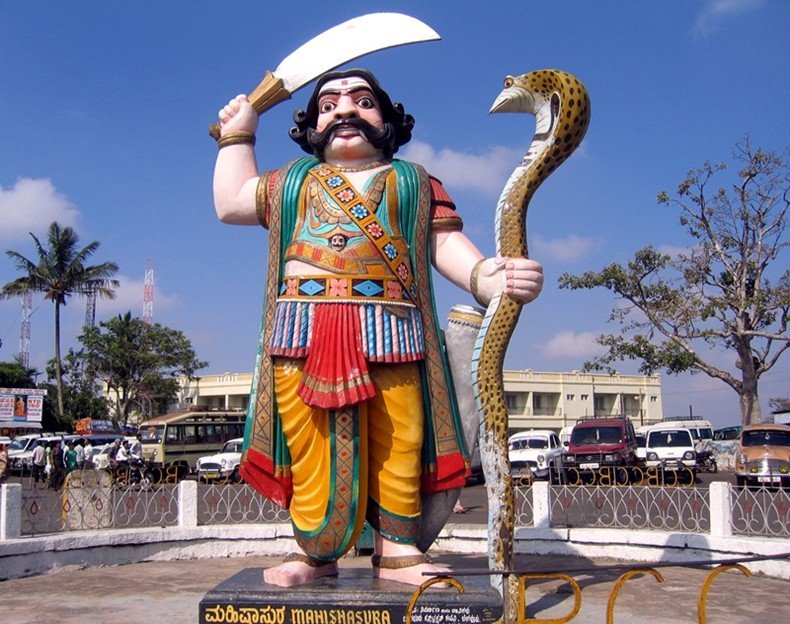
Mahishasura, Mysore, Chamundeshwari Hill

Mysore History
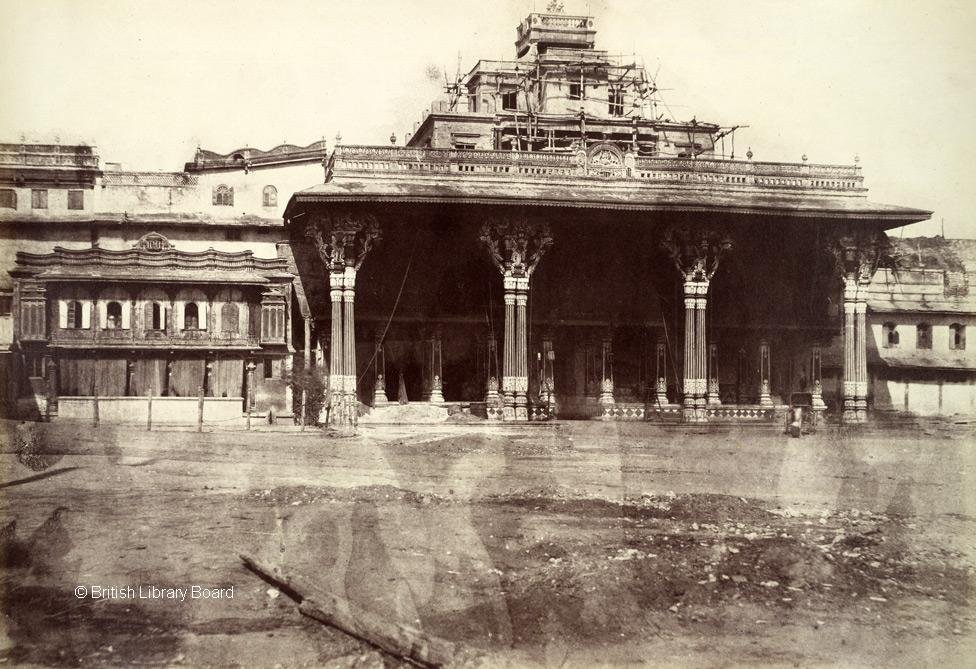
Old Mysore Palace
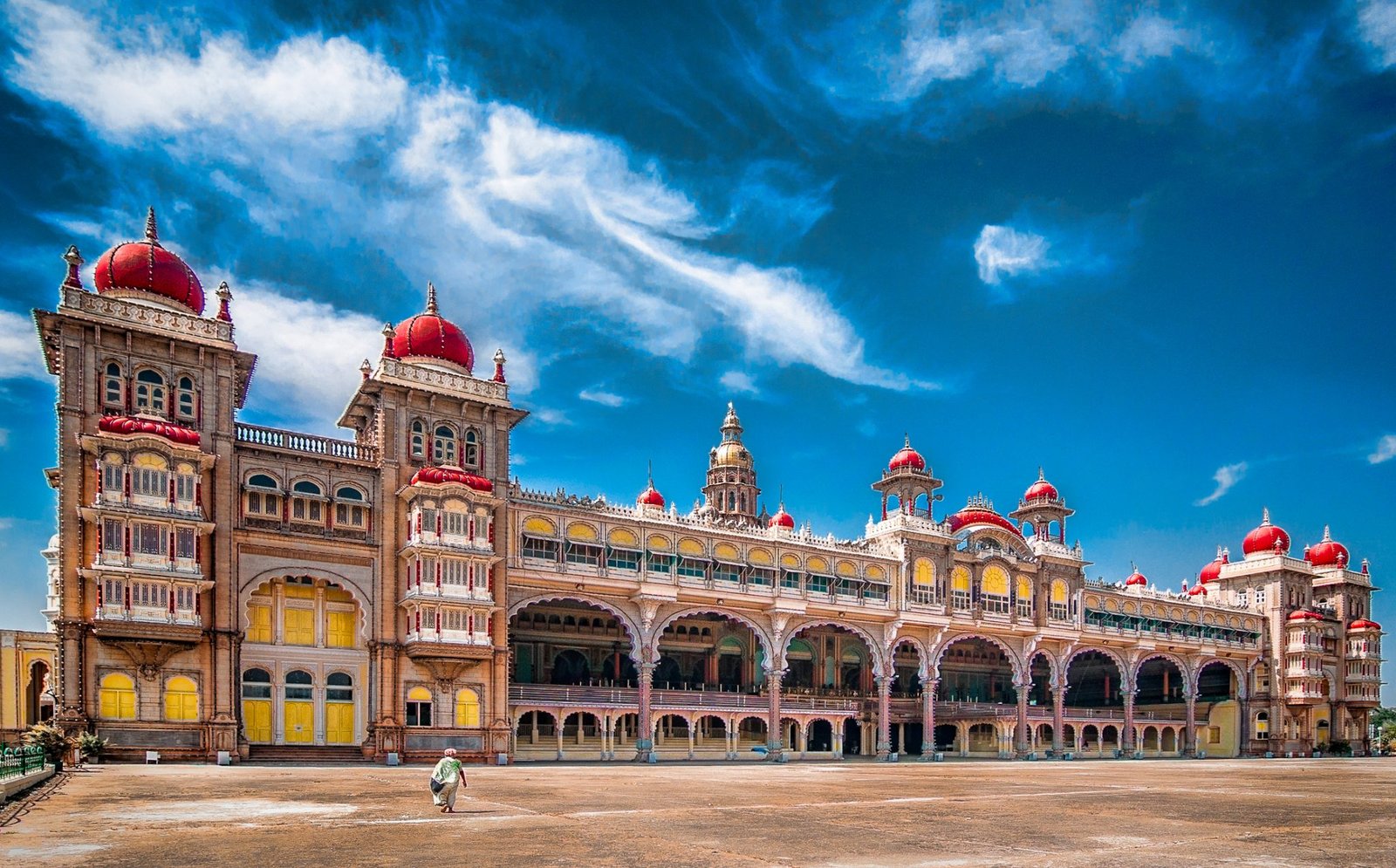
Mysore Palace – Mysore, Karnataka, India
